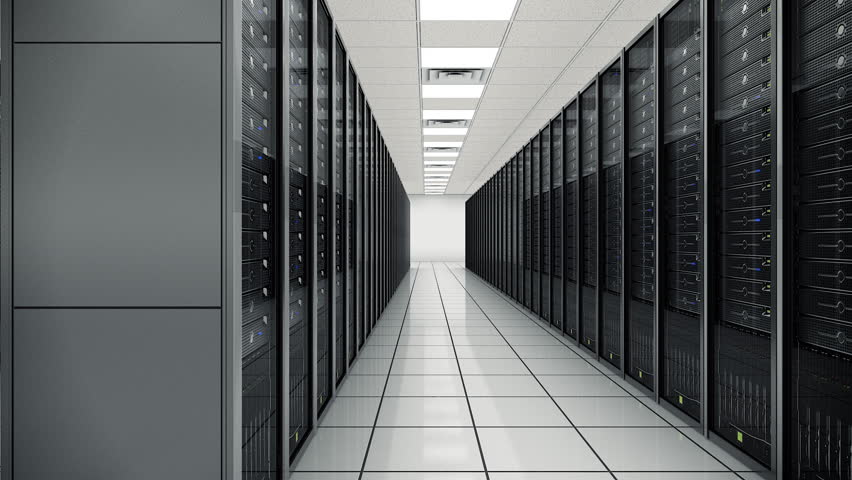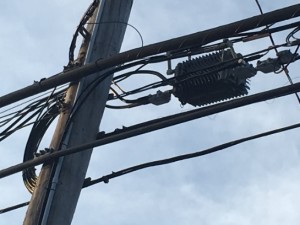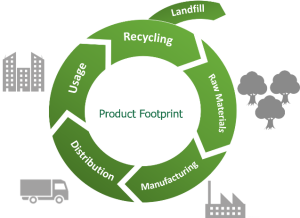Cable Operator Energy Management: It Makes Sense, and Saves Cents

 By Chris Bastian
By Chris Bastian
SVP, Engineering & CTO
SCTE-ISBE
Cable Operators pay a huge sum of money to their electric utility companies. It’s not like they forget to turn the lights off when they leave the room. It’s that they have rooms filled with equipment, as well as outside plant equipment dotting the landscape, in order to reliably deliver the broadband services, 7×24, to their millions of customers.
It is estimated that the total electric bill paid by North American cable operators hovers somewhere around $1B. Rising energy costs are a reality that every business has to address while they at the same time explore green energy sources. Understanding ways to manage those costs better is vital to continued profitability. Not only is energy management the right thing to do as good corporate stewards of the environment, but through wise management – including standardization and adoption of best practices – cable operators can save significant dollars in energy costs. The SCTE-ISBE Energy 2020 Program is focused on ways to control these energy costs, while maintaining network performance standards.

Source: Bastian
The SCTE-ISBE Energy 2020 Program was founded in 2014 and the program goals are:
- Reduce Power Consumption by 20% on a unit basis
- Reduce Energy Costs by 25% on a unit basis
- Reduce Grid Dependency by 5%
As the name implies, Energy 2020 is scheduled to end next year, and the program is finishing strong down the stretch. Tracking metrics on an annual basis, the program is well on its way to achieving all three of these goals.
Energy 2020 leadership is considering all of these evolution options, and later this year will release details about our near-future program focus.
Potential 2025 focus areas
- Carbon-based reporting
- Waste management
- Fleet management
- Network power reliability
- Facility climate technologies
- Energy storage technologies
- Getting APSIS™ (SCTE-ISBE standard 216) and other energy management requirements into network element specifications (such as CMTS, R-PHY, etc.)
- Energy efficiency standards for network equipment, whether in the access network, outside plant, hub site or data center
- Better monitoring/detection: IoT sensors, and data analytics
- Building on the launch of a Microgrid working group
- Alternative energy sources
- Greater adoption of Solar/Photo-voltaic
- Green credits with utilities

Source: carbonfootprint.com
The Energy 2020 program currently encompasses many cable operators around the globe. All SCTE-ISBE member companies are encouraged to participate. Each operator maintains its own priorities and areas where it focuses its energy management efforts. For more information, please check out:
There will be an Energy 2020 meeting May 15th in Atlanta, GA, followed by an update session and workshops at SCTE-ISBE Cable Tec Expo, September 30- October 3 in New Orleans, LA. Visit expo.scte.org to learn all about the technology workshops planned for this essential topic, as well as other technology focus areas such as the Wireline and Wireless Access Network, the Internet of Things, Artificial Intelligence, Internet Security and many more.
Last year, the program hosted the Adaptive Power Challenge, and 20 companies, many new to the cable industry, submitted entries. Two companies, Finland’s Teleste and Netherland’s SOFC, were crowned the winners. Teleste’s challenge entry automatically adjusts the power consumed in broadband nodes and amplifiers to the actual network capacity in use, The SOFC solution provides grid-fail safe power via fuel cells, without the emissions of combustion engine-based power generation, and at an efficiency of GW power plants. Details about the winners and all of the entries can be found at:
https://www.adaptivepowerchallenge.com/
The program is at an inflection point: We are focused on completing the current goals set forth, however we are also looking forward to how the SCTE-ISBE Energy Program will evolve in the years beyond 2020. Our working name for the new program is Energy 2025. Should we continue focusing only on taking energy management to the next level? There is still plenty of work in this domain. Should we also look at broader sustainability issues, such as waste management? Should we study how proper energy management practices also influences power reliability, and in a greater sense overall network reliability? Each of these focus areas has potential benefit to the cable industry.